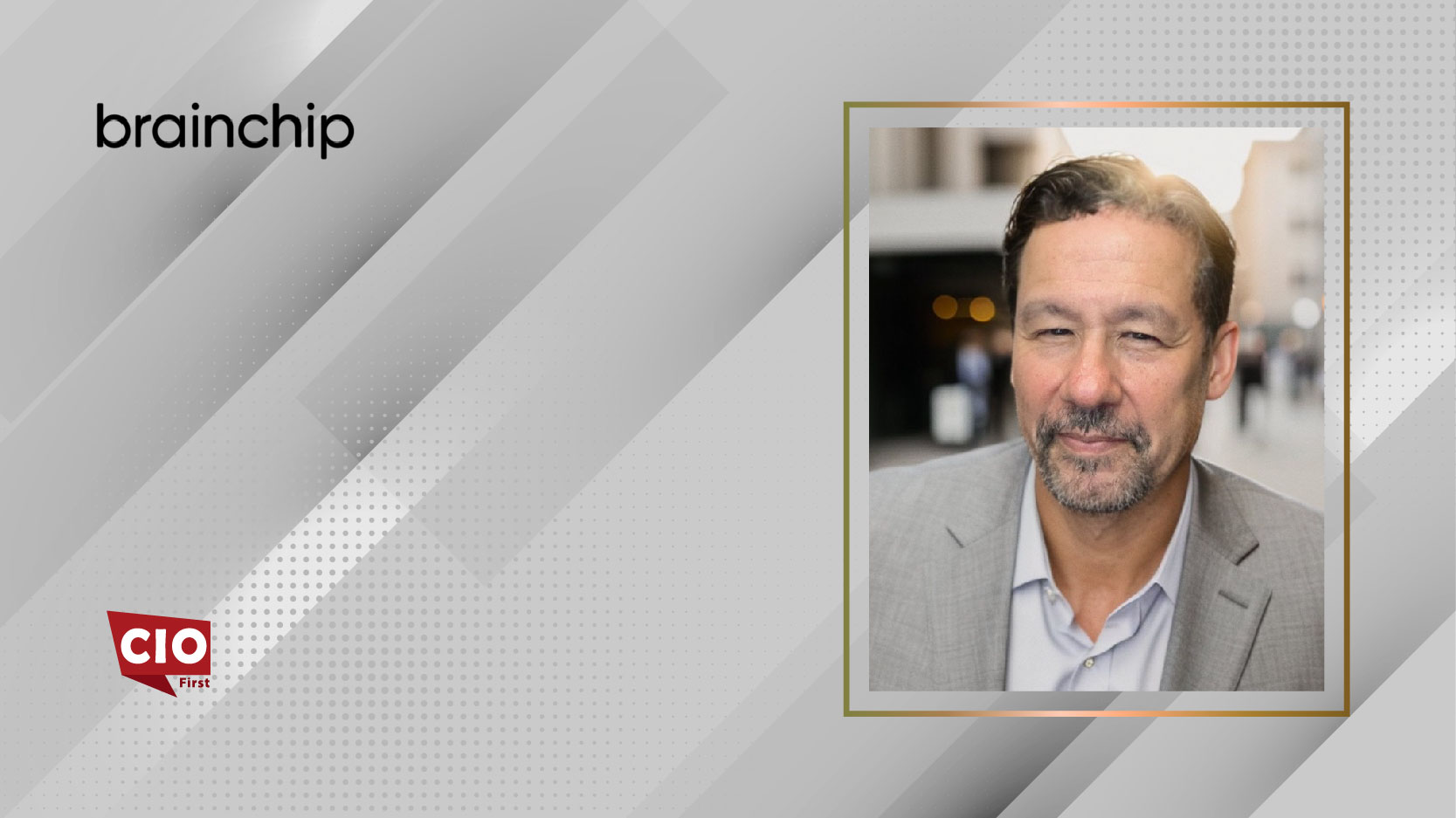Cadence and Research Partners Build First Binaural Hearing Aid SoC
2023 by
Jake Hertz
- Cadence, GlobalFoundries, and several university research teams have developed the Smart Hearing Aid Processor (SmartHeAP), the first SoC to process sound from both ears simultaneously.
Engineers strive to create technology that makes people's lives better, and few fields have a greater chance for this impact than the medical industry. One example is hearing aids—a simple piece of hardware that immensely improves the lives of millions with hearing loss.
Recently, a consortium of tech companies and researchers, including Cadence, GlobalFoundries, Hoerzentrum Oldenburg, and Leibniz University Hannover, have teamed up to develop the
first binaural hearing aid SoC. In this piece, we’ll take a look at the new SoC and the disparate contributions from each team that made this technology possible.
Foldable PCB and hearing aid prototype. Screenshot used courtesy of Cadence
The Binaural Hearing Aid SoC: A New Paradigm
The team that developed the binaural hearing aid system-on-chip (SoC) claims this device is a significant leap forward in hearing aid technology. Traditionally, hearing aids have been monaural, processing sound from one ear at a time. This one-sided approach has limitations, particularly in noisy environments or when the source of sound is not directly in front of the user.
In contrast,
binaural hearing aids process sound from both ears simultaneously. This gives users a more natural perception of sound and improves the localization of sound sources. However, until now, the technology to integrate all the necessary components for a binaural hearing aid into a single chip has been lacking.
A comparison of different hearing aid architectures. Image used courtesy of Hearing
Experts from Cadence, GlobalFoundries (GF), Hörzentrum Oldenburg, and the Leibniz University Hannover came together to develop the Smart Hearing Aid Processor (SmartHeAP), a novel binaural hearing aid SoC claimed to offer significant advantages in size, performance, and power efficiency.
According to a
research paper on the prototype, the SmartHeAP is a mixed-signal SoC that was fabricated in a 22-nm, fully-depleted silicon-on-insulator (FD-SOI) process with an adaptive body biasing (ABB) unit. Coming in at a total die size of 7.36 mm, the SoC integrates audio processing with extended custom instructions, Bluetooth Low Energy, an analog front-end, digital audio interfaces, and local memory of 2 MB. According to the consortium, the SoC has already shown promising binaural operation, consuming less than 2.2 mW of power at 50 MHz. This translated to an efficiency of 34.8 uW/MHz.
The Contributions of Each Team Member
Each partner brought unique expertise to the table when developing this hearing aid prototype. For processing and connectivity, Cadence provided the
Tensilica Fusion G6 DSP and
Xtensa LX7 processorfor the SoC design. The SoC’s processing components were based on these technologies and serve as the heart of the SoC, responsible for the audio processing central to the chip’s function.
The Fusion G3/G6 DSP block diagram. Image used courtesy of Cadence
GF, a global leader in foundry services, contributed its 22FDX 22 nm FD-SOI technology. GF says this technology offers a balance of performance, power consumption, and cost, making it useful for the SoC design.
Finally, the teams from Hörzentrum Oldenburg and the Leibniz University Hannover, both renowned for their research in audiology, provided their expertise in hearing aid algorithms and audiological evaluation. They ensured that the SoC design met the needs of hearing aid users, providing a more natural hearing experience and better localization of sound sources.
Impact on Those With Hearing Impairment
The creation of a binaural hearing aid SoC prototype is significant for a number of reasons.
The integration of all components into a single chip reduces the size, power consumption, and cost of the hearing aid. This paves the way for hearing aids that are more affordable, accessible, comfortable to wear, and long-lasting in battery life. The binaural SoC design also supports advanced signal processing algorithms that improve sound quality and spatial perception. This means users can enjoy a more authentic listening experience and better pinpoint the sources and location of sounds.









